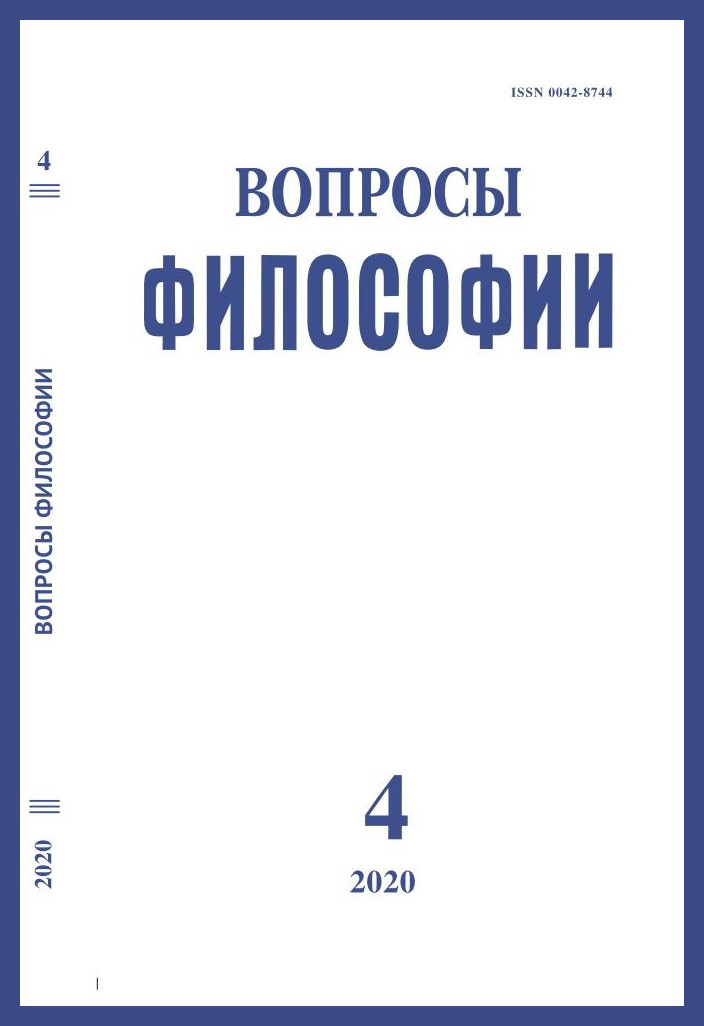Между следом и предзнаменованием. Парадигма улик – как знание и как практика
DOI:
https://doi.org/10.21146/0042-8744-2020-4-154-166Ключевые слова:
уликовая парадигма, след, лицо, знак, предзнаменование, Другой, дивинация, стигма.Аннотация
В статье рассматривается предложенная историком культуры Карло Гинзбургом «парадигма улик» как возникшая в конце XIX в. с и тех пор успешно развивающаяся в гуманитарных науках методология. Главные свойства знания, вырабатываемого данной парадигмой, – это, согласно К. Гинзбургу, его опытный характер, предположительность, выделение индивидуальных черт исследуемого объекта. В противоположность тезису Гинзбурга в статье высказывается мысль, что «парадигма улик» в ее приложении к науке любого профиля – гуманитарного или естественного – неизбежно теряет свою специфику, и следовательно, не может претендовать на то, чтобы называться полноценной научной парадигмой. Однако темпоральный аспект уликовой парадигмы (главным образом в области повседневной практики) поддается осмыслению и в какой-то мере теоретизации при помощи методологического аппарата философии истории и философского экзистенциализма. В статье показано, что при подобном рассмотрении могут обнаружиться конституирующие и созидательные возможности уликовой парадигмы и ее опосредованное влияние на само научное знание.

